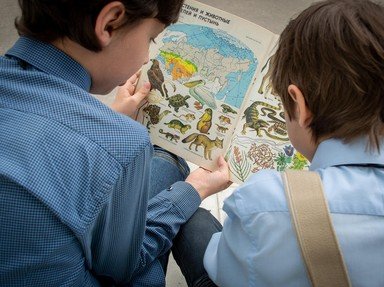
Your Body Trivia Quiz
Everybody has a body - complete with moving parts and a lot of interesting stuff going on inside. See if you can label the body parts on the picture.
A label quiz
by LeoDaVinci.
Estimated time: 3 mins.


| 1. |
| 2. |
| 3. |
| 4. |
| 5. |
| 6. |
| 7. |
| 8. |
| 9. |
| 10. |